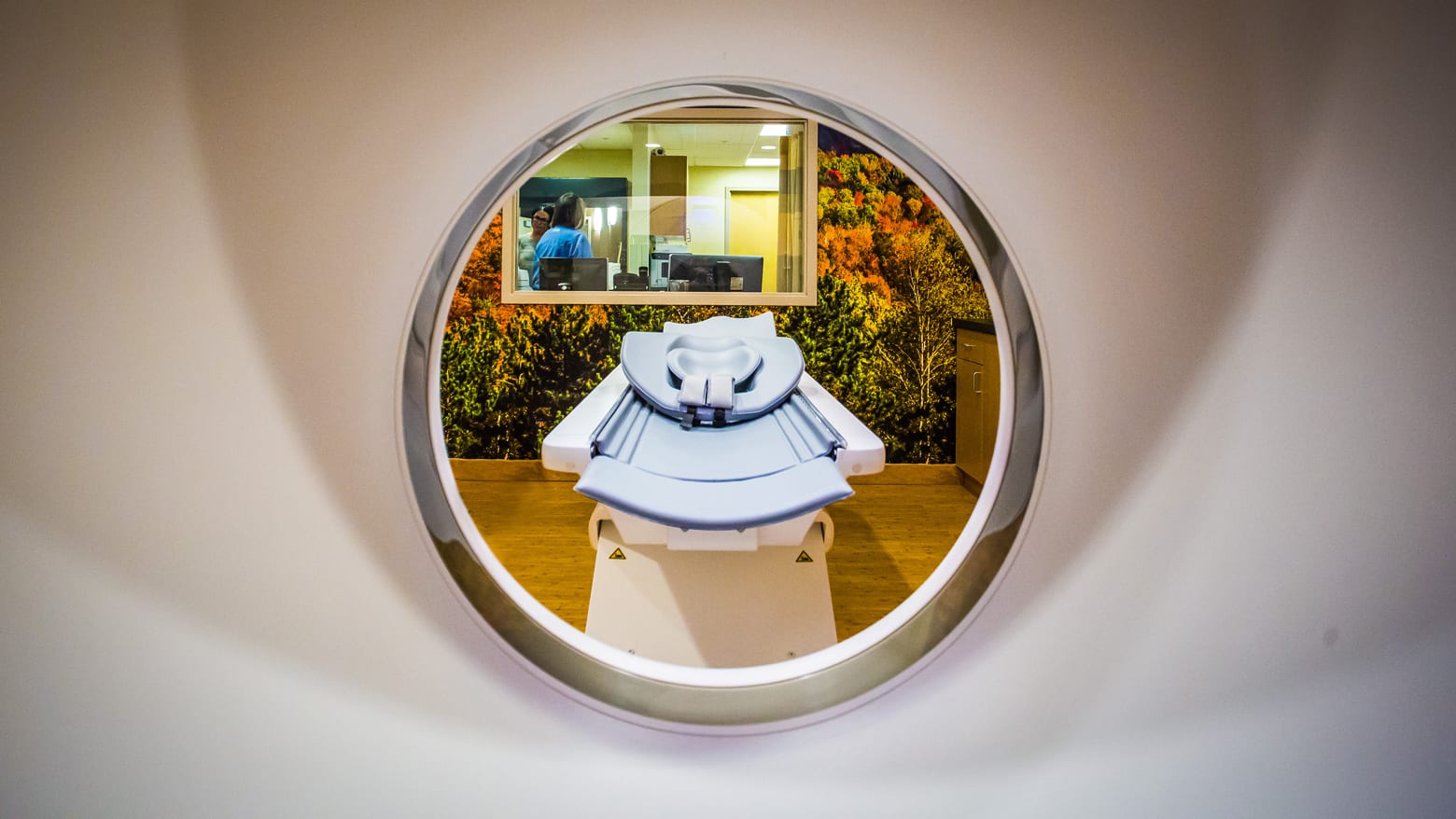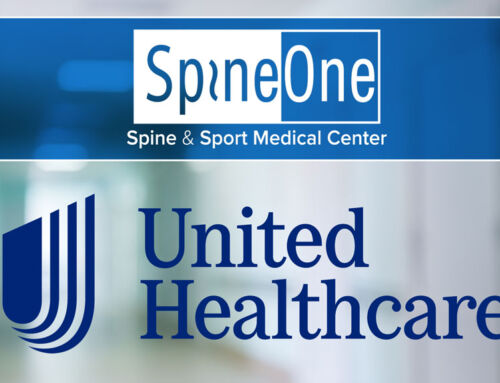What is “Minimally Invasive Spine Intervention” and how does it help our patients?

The level of personal stress and anxiety that accompanies back pain can’t be overstated. When your physical mobility becomes impaired by back pain, it can cause psychological distress. This stress can, in turn, worsen the pain and cause a cycle from which it can be tough to break out. Anxiety over whether or not your back pain will require surgery can make this cycle so much worse.
- How long until you go back to normal?
- What recovery time will there be?
- Will they have to cut into my back?
The answers to these questions depend on if your condition can be treated with minimally invasive surgery, or if more traditional open surgery will be required.
See a Doctor Today
What is the difference between minimally invasive surgery and open surgery?
Open surgery is the traditional type of surgery you likely envision – a large incision involving significant trauma to the surrounding soft tissue. Open surgery leads to longer recovery times and can increase the risks from surgery.
Minimally invasive surgery, also known as endoscopic surgery, seeks to minimize the size of the incision and reduce trauma to the surrounding tissue. These procedures reduce the inherent risks of surgery while also shortening recovery times and reducing the amount of time in post-op. These procedures can often be done on an out-patient basis.
What are the benefits of minimally invasive surgery?
Minimally invasive spine intervention generally involves less trauma and stress to the patient’s body. Since the incisions are small and blood loss is less, this means that patients recover faster, experience lower risk of infection, less pain, and go home sooner. Patients are also less likely to rely on pain medication during recovery.
What is “Spine Intervention”?
Interventional spine medicine, or “Spine Intervention” uses these minimally invasive techniques to diagnose and pinpoint the location of the pain and treat it right at the source. In some cases this means patients can get relief with conservative treatments or physical therapy, although some types of disc and nerve may require more targeted treatment.
Minimally invasive spine intervention surgery uses a small incision or just an injection and is done on an outpatient basis. Unlike traditional surgeries with a long incision and a lengthy recovery period, these minimally invasive procedures offer precise and targeted treatments that can offer rapid relief of debilitating pain.
Related Content:
What role does diagnostic imaging play in pinpoint diagnosis of back or neck pain? Learn about the diagnostic process and the types of imaging we use.
Choosing a Doctor for Minimally Invasive Surgery
Interventional Spine Medicine practiced at SpineOne is a holistic approach to spine health and pain management. For example, alleviating a patient’s back pain with a minimally invasive injection may allow our physical therapy center to continue to further strengthen the back and spine. The many specialties and disciplines practiced at SpineOne are designed to synergize and contribute to long term spine health for our patients.
Start by seeing if a same-day appointment is available to diagnose your chronic back pain.



